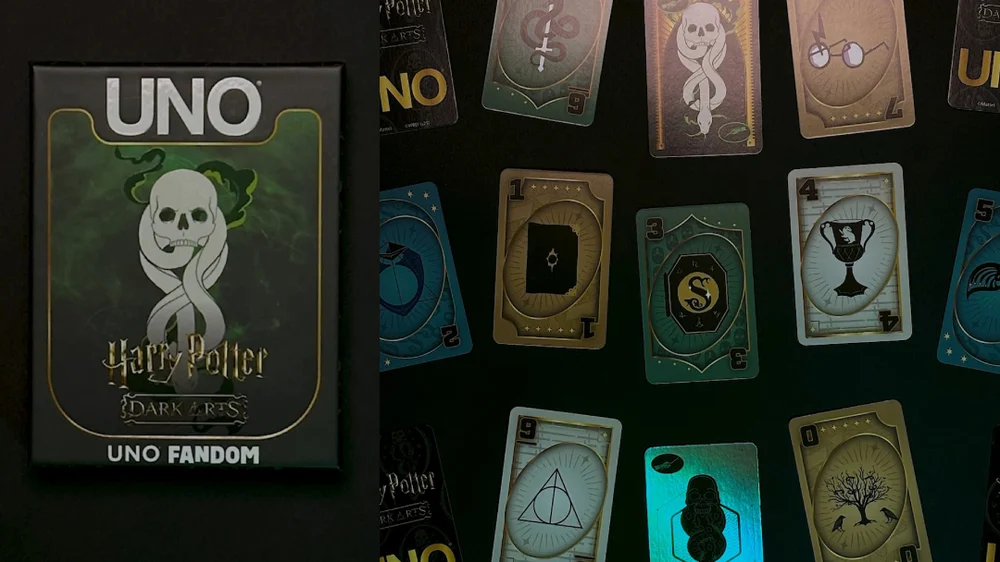In a world where digital streaming services dominate the music industry and cloud storage has become a staple for file management, it may seem that older technology, such as the iconic Sony Walkman, would have little place in contemporary life. Yet, the resurgence of vintage trends and the growing appreciation for analog experiences have paved the way for retro gadgets to re-enter the market, often with new and improved functions. One such innovation is the transformation of the old Walkman into a dual-purpose device: a modern cassette player and a storage unit. This reinvention speaks to a larger movement of merging nostalgia with practicality, breathing new life into a beloved piece of audio history.
The Original Walkman: A Symbol of Freedom and Innovation
The Sony Walkman, first introduced in 1979, was revolutionary. It fundamentally changed the way people interacted with music, allowing them to take their tunes on the go for the first time. With its compact design, simple operation, and high-quality sound, the Walkman quickly became a must-have item for music lovers. The device represented a new era of personal listening experiences, marked by the freedom to choose your music without being tethered to a large stereo system.
During its heyday in the 1980s and 1990s, the Walkman was more than just a gadget; it was a cultural icon that represented independence, youth, and the joy of personalization. Users could create custom mixtapes that suited their mood, making the Walkman not just a music player but a vessel for self-expression. Despite its eventual decline as CDs, MP3s, and digital streaming emerged, the legacy of the Walkman has endured, fueled by waves of retro enthusiasm and a deep-seated nostalgia for simpler times.
The Resurgence of Cassette Culture
In recent years, there has been an unexpected resurgence of interest in cassette tapes and analog music formats. What started as a niche interest has grown into a broader cultural movement, driven by audiophiles, artists, and vintage enthusiasts alike. The tactile nature of cassette tapes and the ritual of flipping them over has a unique charm that no digital format can replicate. Moreover, the slightly warm, imperfect sound quality of a cassette lends a sense of authenticity and nostalgia that many listeners find appealing.
This revival has inspired manufacturers to create new cassette players and has spurred independent artists to release music on tape. The renewed interest has also pushed creative minds to find ways to modernize classic devices, like the Walkman, for today’s world. Enter the innovative reimagining of the Walkman as a cassette player that also functions as a storage unit—a device that embraces the past while serving a practical purpose in the present.
Transforming the Walkman: From Retro Relic to Modern Marvel
The reinvention of the Walkman as a dual-purpose device brings with it a fusion of analog charm and modern utility. The modified gadget still plays cassette tapes, preserving the essential function that made the original Walkman so beloved, but it adds a new, unexpected layer: digital storage. By incorporating storage compartments or integrating digital storage technology, this new version of the Walkman serves not only as a medium for playing music but also as a practical tool for keeping personal items safe.
Key Features of the Modern Walkman
1. Dual Cassette Player and Storage Compartment:
The new design of the Walkman includes a cassette deck that can play traditional cassette tapes, providing users with the same hands-on, nostalgic experience they remember. In addition, the device features built-in storage compartments for items such as headphones, cables, or even small personal belongings. This combination ensures that the Walkman is not just an audio player but also a compact storage solution for on-the-go users.
2. USB Charging and Connectivity:
To make the Walkman more compatible with modern technology, it now features USB charging ports and connectivity options. Users can power the device using a standard USB cable, removing the hassle of sourcing outdated batteries. Some versions even come equipped with Bluetooth capabilities, allowing the Walkman to function as a wireless audio source for modern headphones or speakers.
3. Removable Storage Drives:
Some iterations of the modern Walkman include a removable storage drive, enabling users to save digital files, whether they be music, documents, or other personal data. This feature blends the analog experience of listening to a cassette tape with the convenience of carrying essential files on a small, portable device.
4. Enhanced Audio Features:
Modern audio enhancements such as noise reduction and dynamic range control can be found in the reinvented Walkman. These improvements allow for clearer playback quality, bridging the gap between the vintage sound of cassette tapes and the higher expectations of modern listeners.
The Art of Retrofitting: How the Walkman Became a Storage Unit
Transforming a classic Walkman into a multi-functional device is no small feat. The process involves a careful blend of mechanical engineering and creative vision. To preserve the core design elements of the Walkman, the reimagined device incorporates advanced, compact storage solutions without compromising the original aesthetic.
Step-by-Step Transformation Process
1. Disassembly and Assessment:
The initial phase involves taking apart the old Walkman to understand its internal structure and determine how much space can be repurposed. Components that are no longer essential for playback, such as outdated battery compartments, may be removed or replaced with more efficient parts.
2. Integration of Modern Components:
Once the space within the Walkman is assessed, designers incorporate modern technology like micro-USB charging ports, Bluetooth transmitters, and small storage compartments. The challenge lies in adding these elements without disrupting the compact and nostalgic look of the original Walkman.
3. Storage Unit Design:
The new compartment for storage is designed to fit seamlessly within the original casing. This compartment is typically equipped with a secure latch to keep items protected, whether it’s a small USB drive, headphones, or other personal items.
4.Reassembly and Testing:
After modern components and storage features are integrated, the Walkman is carefully reassembled. Rigorous testing follows to ensure that the cassette playback quality remains intact and that new features work as intended.
The Appeal of Combining Analog and Modern Features
The dual nature of the new Walkman appeals to a wide range of users for various reasons. For those who value nostalgia, it represents a cherished connection to their youth, when music consumption was more tangible and personal. For younger audiences curious about the past, it offers a unique way to experience music and gain an appreciation for retro tech.
The addition of practical storage functionality elevates the Walkman beyond being just a novelty item; it becomes a useful tool for everyday life. Whether used as a personal music player for commutes or as a secure place to store small items, the reimagined Walkman fits seamlessly into modern routines while adding a touch of old-school charm.
Embracing Nostalgia in the Digital Age
The appeal of retro technology goes beyond mere sentimentality. It taps into a larger societal desire for authenticity and a slower pace in a fast-moving, digital-centric world. While streaming services have made accessing music easier than ever, they have also removed the personal touch that came with creating a mixtape or pressing play on a physical device. The reimagined Walkman offers an experience that digital technology can’t replicate: the satisfying mechanical click of buttons, the whir of the cassette, and the feeling of owning something tangible.
Moreover, the move to integrate storage features within the device reflects a desire for functionality in modern lifestyles. In an era where multitasking gadgets reign supreme, a Walkman that doubles as a storage unit makes sense. It embodies a dual-purpose ethos that aligns with current trends while holding on to the nostalgia that makes vintage technology so endearing.
Impression
The reimagined Walkman has found a warm reception among collectors, tech enthusiasts, and retro fashion advocates. Its unique blend of old and new has proven that there is still a place for analog devices, even in a world ruled by digital media. Limited production runs and collaborations with artists or designers have helped position the new Walkman as a desirable collector’s item, further increasing its appeal.
Looking forward, there are numerous possibilities for expanding this concept. Customization could be a major factor in future iterations, with options for personalized color schemes, engravings, or additional features like built-in FM radios or even Wi-Fi connectivity for streaming services. Collaborations with music artists who release special edition cassettes or themed playlists could further integrate the Walkman into contemporary music culture.
The transformation of the classic Sony Walkman into a modern cassette player and storage unit showcases the power of reinvention. It taps into the collective yearning for simpler, tangible experiences while incorporating the convenience and utility that today’s users crave. This fusion of nostalgia and practicality not only revives a beloved piece of technology but also redefines how vintage items can be adapted for contemporary life.
As we move further into an age dominated by smart devices and digital interactions, the success of retro-inspired innovations like the new Walkman reminds us that there is still room for the tactile, the tangible, and the nostalgic. In blending the old with the new, this modernized Walkman captures the essence of both eras, proving that even in the digital age, some classics are too good to leave behind.
No comments yet.








